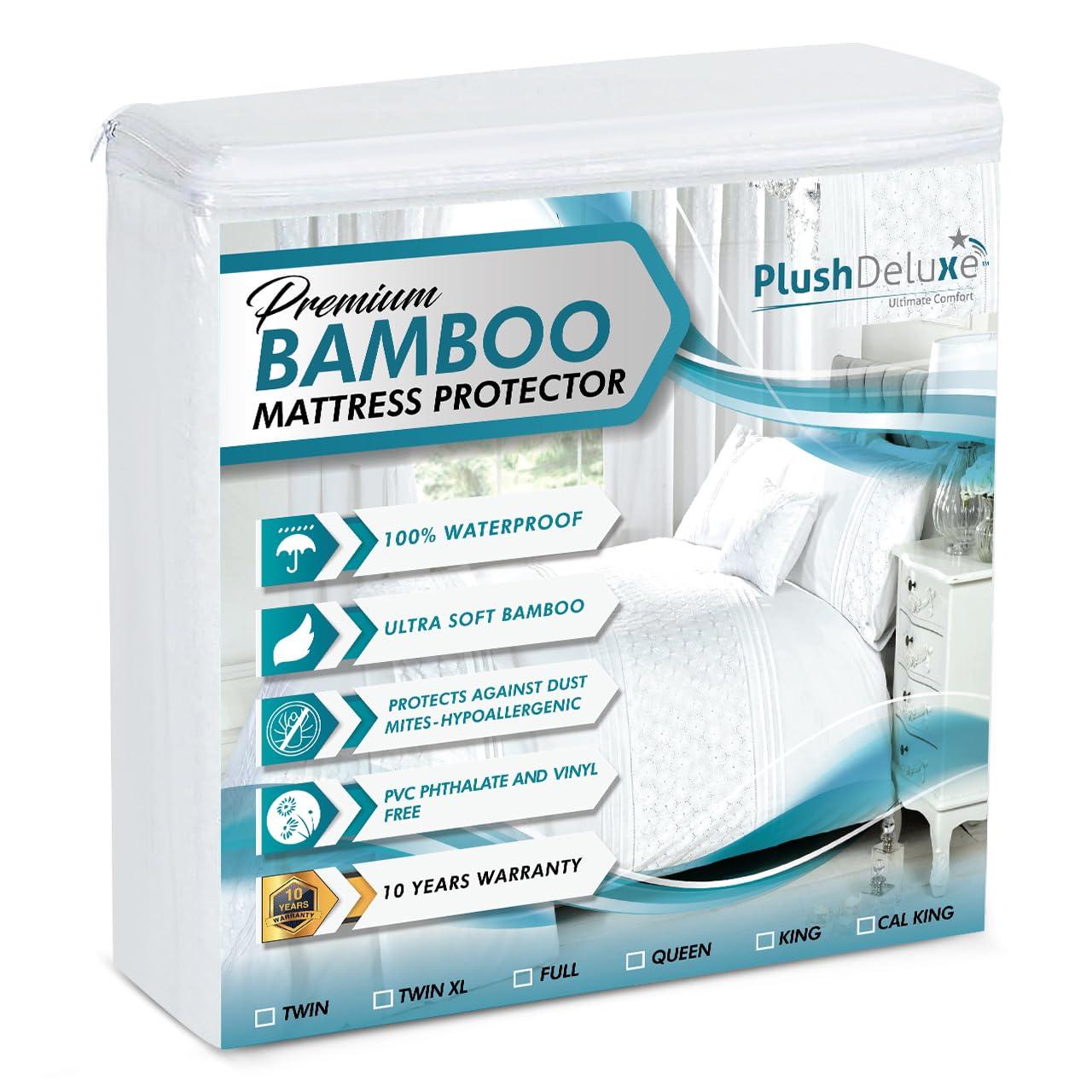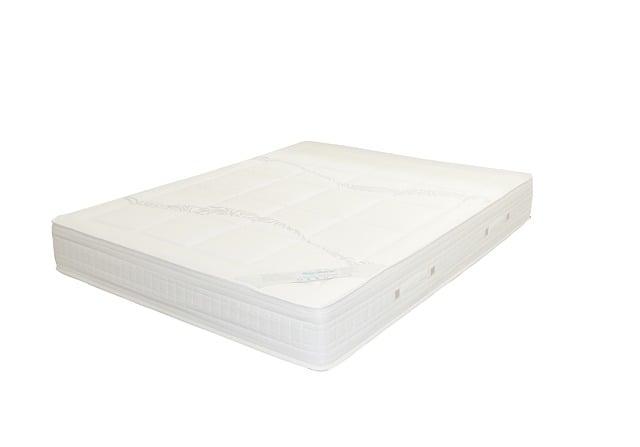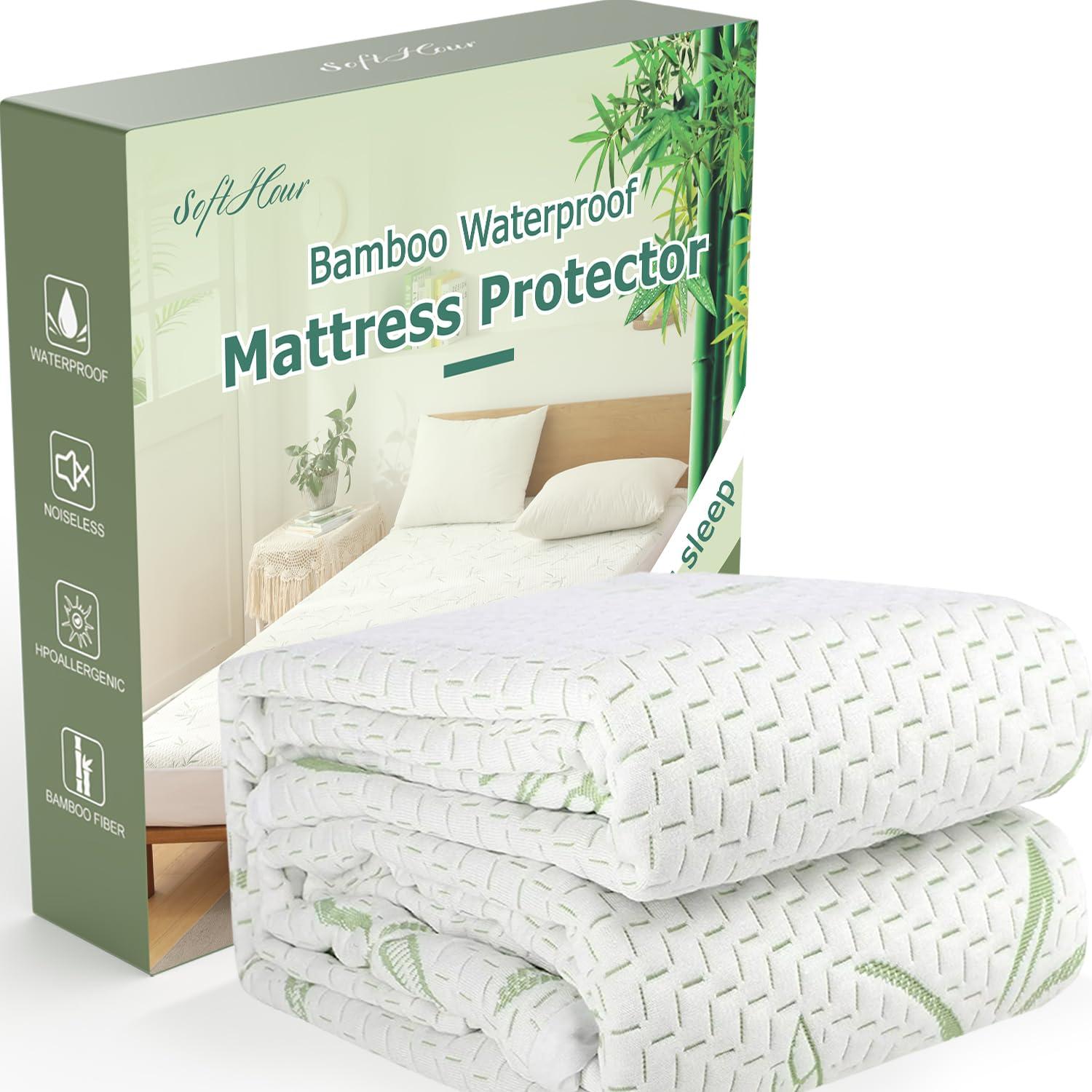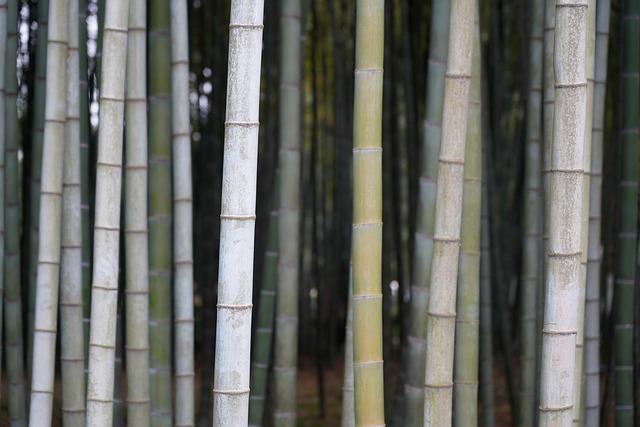In the quest for a perfect night’s sleep, the mattress protector often plays the unsung hero—shielding our beds from spills, allergens, and dust mites, all while providing an additional layer of comfort. Among the innovative materials gaining popularity in this essential bedding accessory, bamboo stands out for its natural properties and eco-kind appeal. But how does a bamboo mattress protector stack up in terms of waterproofing versus breathability? This article introduces you to an in-depth balance test that explores the dual functions of bamboo mattress protectors, delving into their ability to keep liquids at bay without sacrificing airflow. Join us as we unravel the performance of this enduring option, guiding you towards making informed choices for a restful and rejuvenating sleep experience.
Evaluating Waterproof Features of Bamboo Mattress Protectors
When it comes to assessing the waterproof features of bamboo mattress protectors, several key attributes come into play. First and foremost, the material composition significantly impacts its performance. Bamboo fibers are naturally breathable, offering a cozy sleep habitat while allowing for moisture management. However, to enhance waterproofing, many protectors incorporate an additional polyurethane coating, creating a barrier that repels liquids. This layering method ensures that while your mattress remains dry and protected, the core fabric retains its breathable nature, preventing overheating during sleep.
To effectively evaluate these waterproof features, testing procedures can be implemented, including:
- water Repellency Test: Assess the initial droplet resistance by placing water on the surface and observing the absorption rate.
- Leak test: Introduce a liquid for an extended period to determine if it seeps through to the mattress.
- Breathability Assessment: Use a thermal imaging study to measure heat retention and moisture evaporation.
The results of these tests help potential buyers understand how well a bamboo mattress protector balances waterproof capabilities with breathability.Below is a simplified comparison of commonly evaluated products:
| Product | waterproofing | breathability | Durability |
|---|---|---|---|
| Bamboo Protector A | High | Moderate | High |
| Bamboo Protector B | Moderate | High | Moderate |
| Bamboo Protector C | High | High | High |

Understanding Breathability in Sleep Quality and Comfort
When it comes to achieving optimal sleep quality, breathability is a key element that often goes unnoticed yet plays a critical role in comfort. A mattress protector that balances waterproof capabilities with breathability can create the ideal sleep environment. Bamboo mattress protectors are designed with this dual purpose in mind—they not only protect your mattress from spills and allergens but also allow for adequate airflow. this keeps your sleeping surface cool and comfortable, especially during warmer nights. The natural properties of bamboo fibers help wick away moisture, which can be beneficial for those who tend to overheat while sleeping.
To understand the effectiveness of a bamboo mattress protector in maintaining breathability, it’s essential to consider various factors that influence both comfort and protection. Here are some notable characteristics:
- Moisture-Wicking: Bamboo’s natural fibers absorb moisture, making it less likely for sweat to accumulate.
- Thermal Regulation: The insulating properties of bamboo keep you warm in winter and cool in summer.
- Allergen Resistance: Bamboo is naturally resistant to dust mites, mold, and allergens.
- Eco-Friendly: Bamboo is a sustainable material, making it a great choice for environmentally conscious consumers.
To illustrate the essential balance between waterproofing and breathability, consider the following table that highlights the specific performance attributes of a bamboo mattress protector in a comparison format:
| Attribute | Bamboo mattress Protector | Customary Mattress Protector |
|---|---|---|
| Waterproof | ✔️ | ✔️ |
| Breathability | ✔️ | ❌ |
| Moisture-Wicking | ✔️ | ❌ |
| Eco-Friendly | ✔️ | ❌ |

Achieving the Perfect Balance: The Science Behind Material Composition
In the quest for the ideal mattress protector, bamboo emerges as a frontrunner due to its remarkable material properties. The unique composition of bamboo fibers offers a remarkable combination of waterproofing and breathability, creating a protective layer that does not compromise comfort.This balance is achieved through the natural structure of bamboo, which allows moisture to evaporate while keeping liquids at bay. This feature is particularly valuable for individuals seeking to maintain a healthy sleep environment,as it helps regulate temperature and prevents the buildup of allergens. The inherent characteristics of bamboo also contribute to its softness, making it a luxurious choice that entices users with its gentle touch.
Moreover, the science behind bamboo’s effectiveness focuses on its structural integrity and fiber arrangement. Bamboo fibers have a smooth surface that enhances airflow and reduces the chance of overheating during sleep. To illustrate the advantageous properties of bamboo compared to other materials, consider the following table:
| Material | Waterproof | Breathability | Softness |
|---|---|---|---|
| Bamboo | ✔️ | ✔️ | ✔️ |
| Cotton | ❌ | ✔️ | ✔️ |
| Polyester | ✔️ | ❌ | ❌ |
This comparative analysis underlines how bamboo strikes the perfect equilibrium between protection and comfort, making it a superior choice for those looking to prolong the lifespan of their mattresses while ensuring restorative sleep.

Recommendations for Choosing the Best Bamboo Mattress Protector
When selecting the ideal bamboo mattress protector, consider factors that enhance both comfort and practicality. Look for protectors made from 100% organic bamboo fabric, ensuring that you’re choosing an option that’s gentle on the skin and free from harmful chemicals. Additionally, pay attention to the thread count; a higher thread count typically indicates better quality and durability. It’s also vital to check for a waterproof barrier,which provides essential protection against spills and allergens while maintaining the fabric’s breathability.To further refine your selection, take note of the following key features:
- Hypoallergenic properties to reduce allergies and skin irritations.
- Machine washable for easy cleaning and maintenance.
- Elasticized corners for a secure fit on any mattress size.
- Temperature regulation capabilities to keep you comfortable throughout the night.
Lastly, it’s wise to review user feedback and warranty options before making a purchase. Many reputable brands offer a satisfaction guarantee or a trial period, allowing you to experience the product firsthand. Keep an eye out for protectors that are OEKO-TEX or GOTS certified, as these certifications indicate a commitment to sustainable and safe production practices. Prioritizing these attributes will help ensure that your bamboo mattress protector not only provides ample protection but also aligns with your lifestyle and values.
Future Outlook
the exploration of the bamboo mattress protector’s waterproof and breathability features reveals a fascinating balance that caters to both comfort and practicality. As we have tested its performance under various conditions, it’s apparent that this innovative bedding accessory does more than just shield your mattress — it enhances your sleep environment.Whether you’re a restless sleeper prone to spills, or simply looking for an extra layer of protection, the bamboo mattress protector stands out as a versatile choice. Ultimately, finding the right balance between waterproof capabilities and breathability is essential for a good night’s rest, and our findings suggest that bamboo offers a compelling solution. As you consider your bedding options, let this balance test guide you towards a more peaceful and protected sleep.






